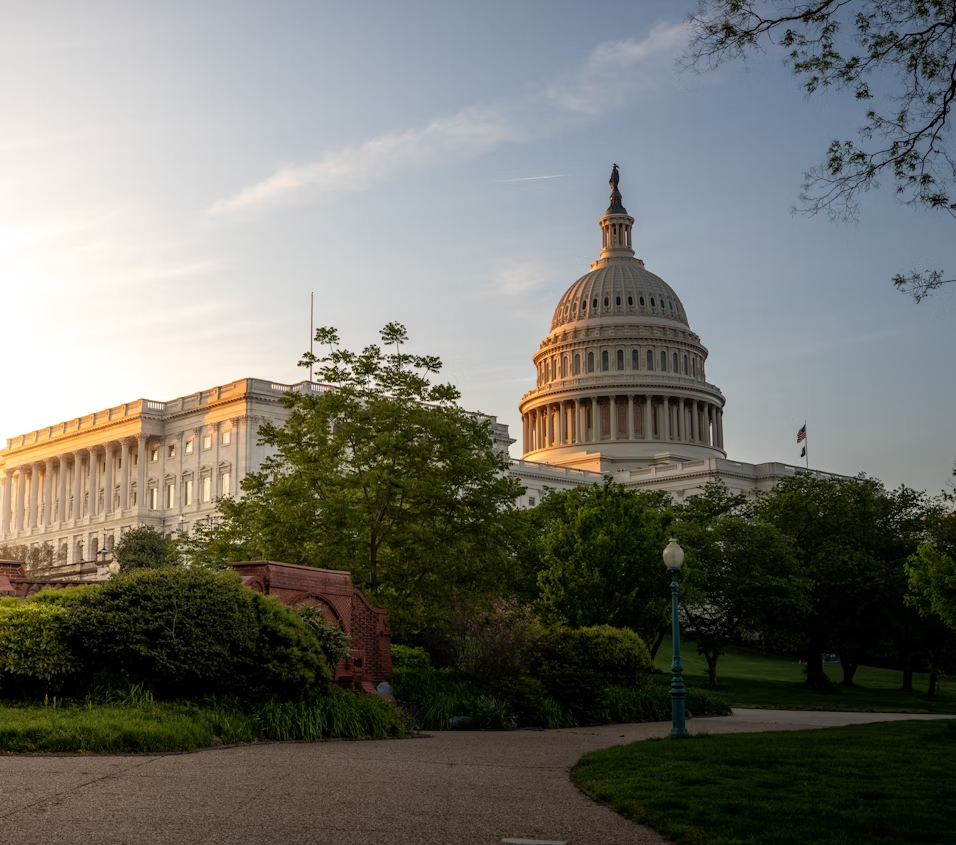New AEWR Rule & Methodology

On October 2, 2025, the Department of Labor published an Interim Final Rule, Adverse Effect Wage Rate Methodology for the Temporary Employment of H-2A Nonimmigrants in Non-Range Occupations in the United States, which impacts wages for agricultural employers nationwide. This has changed the method in which DOL determines the wage rate for H-2A employees.
NCAE has posted a comprehensive breakdown of the change and how it will impact employers.
KEY CHANGES
- USDA Farm Labor Survey (FLS) is being replaced by the Bureau of Labor Statistics OEWS data, which is centered on the Big Five farm SOC’s which include crop/nursery, livestock, ag equipment operator, grader/sorter, and packer.
- There will be two wage tiers based on skill level assigned by DOL.
- Skill Level 1: minimal experience required
- Skill Level 2: generally over 3 months of experience required and based on other qualifiers such as job duty complexity.
- Housing cost will be built into the H-2A wages which is only applicable to H-2A workers. Domestic corresponding workers will be paid the non adjusted AEWR. This still cannot fall below the applicable state minimum wage.
- Job codes are based on what duties are performed during the majority of work days. This could impact the wage depending on the majority of duties taking place throughout the contract.
This new rule went into effect on October 2nd when the rule was published. Employers with current certifications will not be subject to the change and will stay under the certified wage at that time. Official rates will be posted on the FLAG website once systems are live after the government shutdown.




%20Large.jpeg)
